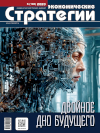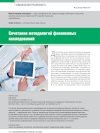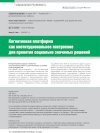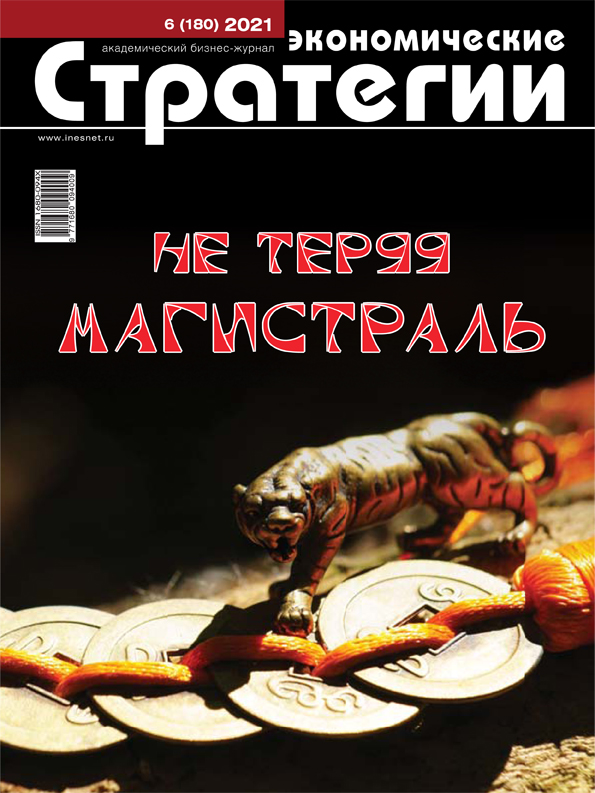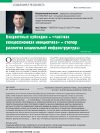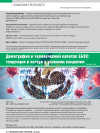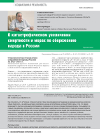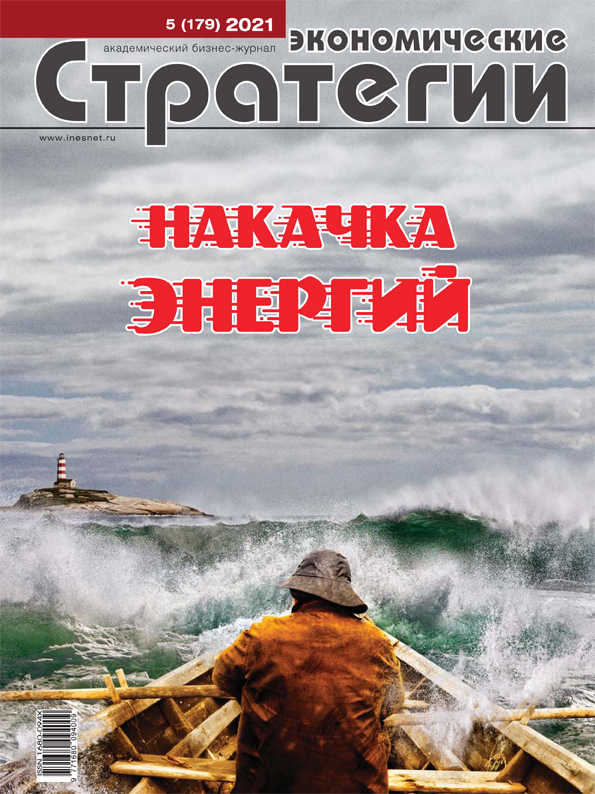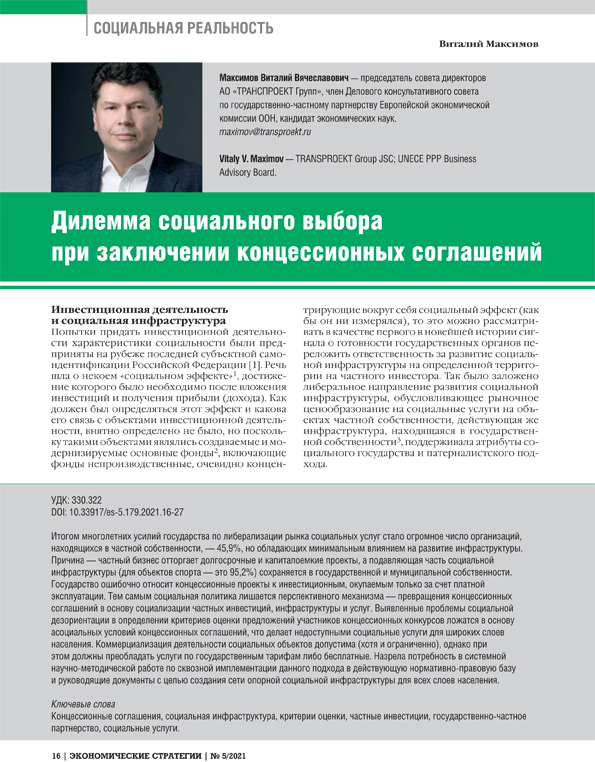On the Issue of Identifying a Campaign of Disparate Impact on an Ethnic Group in the Region
DOI: 10.33917/es-6.192.2023.104-119
Currently, there is no a single methodology that allows us to present substantiated evidence-based statistics on the presence or absence of a “campaign” of racial or ethnic discrimination. Identification or confirmation of the absence of disparate impact that Russia has on Ukrainians and Crimean Tatars as a result of an allegedly ongoing “campaign of racial discrimination” [1] in the field of education was carried out on the basis of an assessment of population census data. The author presents the use of a complex methodology, including analysis of statistical cross-tabulations (contingency tables), variation indicators, testing hypotheses using the Chi-square test (chi-square statistic-χ2), assessing the relationship closeness with the help of the Pearson and Chuprov mutual contingency coefficients, as well as Spearman’s rank correlation coefficient. Assessment of differences in structures by ethnicity is based on calculations and comparison of specific weights and a generalizing/integral indicator of structural shifts/differences (V.M. Ryabtsev index). Testing of this approach resulted in a conclusion that there was no racial/ethnic discrimination as a “campaign” carried out in the territory of the Republic of Crimea in the period from 2014 to the present.
References:
1. MID Rossii. O vystuplenii rossiyskikh predstaviteley v khode ustnykh slushaniy v Mezhdunarodnom Sude OON po delu Ukraina protiv Rossii [Russian Ministry of Foreign Affairs. On the Speech of Russian Representatives During the Oral Hearings at the International Court of Justice in the Case of Ukraine v. Russia]. Ofitsial’nyy sayt Ministerstva inostrannykh del RF, 2023, 10 iyunya, available at: https://www.mid.ru/ru/foreign_policy/news/1886510/
2. The advanced theory of statistics. Vol. I. Distribution theory. Maurice G. Kendall, M.A., sc.D., & Alan Stuart, B.Sc. (Econ.). Charles griffin & Company limited. London. 1958.
3. Tractenberg R. Ethical practice of statistics and data science. Ethics International Press Limited, 2022.
4. Surinov A., Dianov M. (red.). Itogi perepisi naseleniya v Krymskom federal’nom okruge. Federal’naya sluzhba gosudarstvennoy statistiki (IITs “Statistika Rossii”, Moskva, 2015) [Results of the Population Census in the Crimean Federal District. Federal State Statistics Service (IRC “Statistics of Russia”, Moscow, 2015)]. URL: https://rosstat.gov.ru/storage/mediabank/KRUM_2015.pdf
5. Federal’naya sluzhba gosudarstvennoy statistiki, Vserossiyskaya perepis’ naseleniya 2020 goda [Federal State Statistics Service, All-Russian Population Census 2020]. Ofitsial’nyy sayt Federal’noy sluzhby gosudarstvennoy statistiki, available at: https://rosstat.gov.ru/vpn_popul
6. UNECE. Conference of European Statisticians Recommendations for the 2020 Censuses of Population and Housing. UNECE, available at: https://unece.org/statistics/publications/conference-european-statisticians-recommendations-2020-censuses-population


